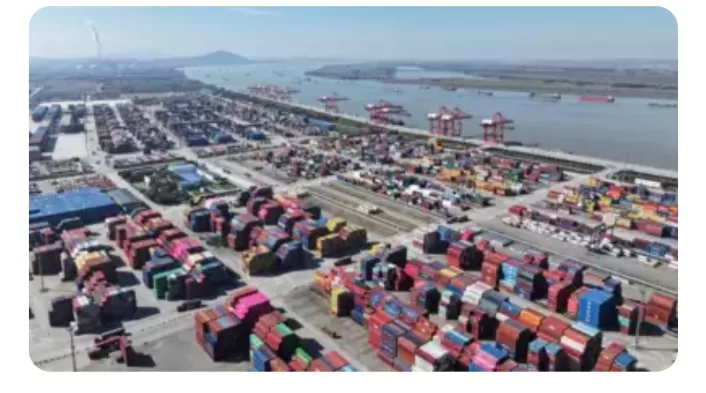In a strategic move to assert its economic dominance and bolster its naval influence worldwide, China has meticulously woven a vast network of commercial ports, according to a recent report by the Council on Foreign Relations (CFR). The comprehensive study, presented as an interactive report, reveals that China currently operates or holds ownership in at least one port on every continent, excluding Antarctica.
As of September 2023, China has embarked on 101 port projects, with 92 actively progressing and 9 inactive due to cancellation or suspension. The expansion of China’s port infrastructure gained momentum following the initiation of the ambitious Belt and Road Initiative in 2013, coupled with the 21st Century Maritime Silk Road.
Chinese President Xi Jinping emphasized the importance of port development, stating, “We often say that to get rich we must first build roads; but in coastal areas, to get rich we must also first build ports.” This aligns with China’s vision to rapidly enhance its maritime presence.
While concerns loom over the possibility of these ports doubling as military bases, the CFR report highlights that China, despite aspiring to become a commercial behemoth, is not yet a naval superpower compared to the United States. The report underscores that China’s strength lies in extensive investments and ownership in globally connected ports, influencing international trade and logistics.
Notably, China has signed 70 bilateral and regional shipping agreements with 66 countries and regions, covering major global regions. The country currently hosts the world’s largest container ports, a testament to its economic prowess.
The geopolitical implications of China’s overseas port expansion are underscored by the report, prompting questions about the potential extension of Beijing’s military presence beyond its immediate territories. Western governments have expressed concerns about China’s development of naval bases abroad, emphasizing the need to monitor the economic leverage China gains through its well-connected ports.
Despite the physical potential for Chinese naval ships to dock in certain ports, geopolitical tensions often outweigh practicality. The report suggests that China’s influence lies in gaining economic dominance at some of the world’s most connected ports, significantly impacting the global flow of goods.
The global community watches closely as China navigates the delicate balance between economic influence and military expansion in the maritime domain.




